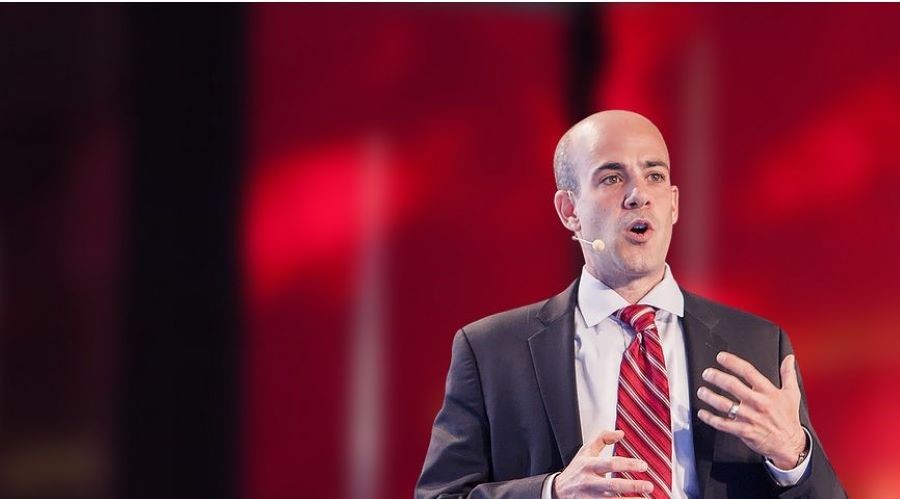Remote and hybrid work is the new normal, virtual desktops and online connections are suddenly standard, and flexibility in scheduling, working assignments and operating/management models is now the baseline corporate operating reality.
Welcome to the wild world of “flexwork” (also known flexible working), in which entire organizational workplans and even everyday work weeks will soon take on wildly creative shapes and forms, necessitating major changes to policy handbooks and corporate guidelines.
[Related: 12 Major Changes Coming to the Meetings and Events Industry—And How to Prepare]

With many of the world’s largest, most well-established firms already shifting to at-home and distance operations and adopting a more employee- vs. employer-centric focus, it’s clear that tomorrow’s working world will look radically different than today’s landscape. This shift will also impact the meetings and events industry, which, ironically enough, was largely predicated on in-person engagement before the pandemic opened the door to the rapid adoption of virtual and hybrid meetings.
As a result, companies need to drastically rethink how they design policies and programs to not only attract and retain top talent, but also maintain operations and grow their business in an age where (virtually) anything goes.
Here’s what you need to know about what’s coming next for the working world.
Flexwork Is on the Rise
Unpredictability is the only thing that corporate leaders can predict in the months ahead. Companies seeking to stay competitive in coming years need the capacity to quickly scale, pivot and maintain responsive operations at every turn. That means having to cultivate the elasticity needed to successfully adapt to changes in the market, manage workforces remotely, and adapt to unexpected shifts in the wake of health- or geopolitical-related concerns.
[Related: How to Battle the COVID-19 Career Blues]
As a result, firms are having to rethink operating models to accommodate unexpected events, unforeseen scenarios, and ways of giving employees greater latitude in how they perform their work. Likewise, with staffers coming under increasing duress, firms are also having to place greater priority on employee satisfaction and offer greater flexibility in terms of perks, professional development and benefits.
Of course, flexwork can take many forms. But there are several common areas in which organizations have begun to double down on the practice.
Following are these common areas.
Scheduling and Staffing

To promote safety and social distancing, employers are increasingly bringing fewer employees into the office, stationing more remotely, and staggering workers’ schedules to minimize the number of employees physically onsite.
In addition, these companies are also offering greater choice in terms of days, times and hours at which work can be performed. Many are likewise beginning to rethink the role that the office plays in communication, and reserving physical gatherings only for purposes of collaboration, facilitating cross-functional meetings or engendering empathy and teamwork.
Workspaces are also being physically redesigned to accommodate greater spacing between individuals, more contactless and touchless solutions, and more frequent cleanings and sanitizations.
A growing number of employers are additionally letting employees work from home offices, and furnishing workers with laptops, video cameras, high-speed Wi-Fi routers, and other tools that facilitate remote connections.
Processes and Procedures
Likewise, to promote greater speed and convenience as well as heightened safety, myriad firms are now employing cost-affordable technology tools and clever redesigns to reimagine the shape of interpersonal exchanges, meetings and everyday business efforts.
For example: Numerous retailers are turning to online apps and curbside pickups to facilitate transactions; countless hospitality providers are implementing app-based tickets and registrations in lieu of manual check-ins; and myriad meeting and event planners are facilitating gatherings using online videoconferencing and livestreaming tools.
Going forward, more and more organizations will only continue to rethink processes and procedures to involve less human contact, and fewer direct exchanges, in favor of connected and virtual solutions.
Training and Education
To keep up with changes in working models and commercial environments, companies are also committing to provide staffers with more regular rounds of training and professional development. Providing more routine upskilling of workforces, and more routine opportunities for employees to connect, communicate and boost distance leadership and management capabilities, are also becoming more of a priority for the world’s largest organizations.
[Related: 10 Ways Meeting and Event Venues Are Adapting to COVID-19]
Noting that best practices are shifting at a head-spinning pace today, many firms are making a more regular effort to keep teams briefed on emerging happenings and events, and more consistently offering workers access to numerous training ladders on a wide range of topics to help keep them up to speed on current happenings in their industry space.
Going forward, companies will also look to provide more personalized professional development paths as well, tailored to the needs of the individual worker and their specific situation and career level. Customizable and on-demand educational platforms will become the new norm, letting workers retrieve learning modules how and when they desire, on-command.
Employee Benefits
Given a growing focus on staffers’ individual situations and needs, flexwork-friendly employers are also looking to offer more flexible benefits programs.
Often presented in the form of a fixed allowance that the employee can spend on a menu of choices, perks can range from babysitting and tutoring help for single-parent households to gym memberships and internet-ready exercise equipment for plain old singles. These perks are designed to promote wellbeing across a range of areas, from mental health to physical wellness and professional development, and give staffers the custom support they need to give their best efforts at work every day.
As you can see, the days of a 9-to-5 workday, office commute and one-size-fits-all approach to doing business are quickly becoming numbered. In addition, the growing rise of flexwork models and programs is putting rising pressure on increasingly outdated working paradigms and continuing to challenge organizations to fundamentally rethink how they operate.
As a meeting and event industry professional, that means having to take a step back and reconsider where policies, procedures and guidelines must quickly be modified or adapted to accommodate these new norms.
More flexible, remote and virtualized working models (like more personalized perks and scheduling) may seem strange and unfamiliar at the moment. But make no mistake: They’re here to stay, and in an age of skyrocketing digital transformation will only continue to impact your organization long after the COVID-19 pandemic recedes.
Read Next: 10 Ways Meeting and Event Venues Are Adapting to COVID-19







